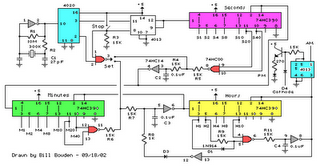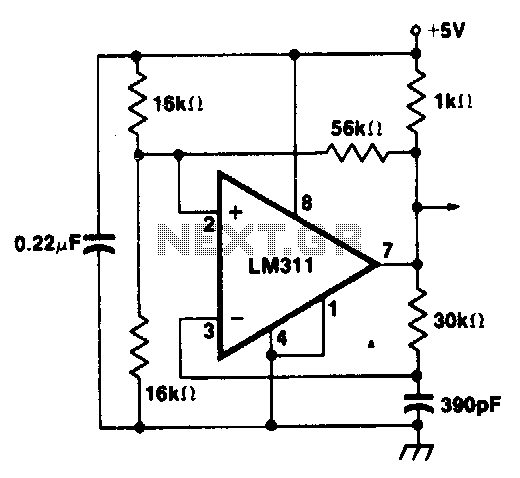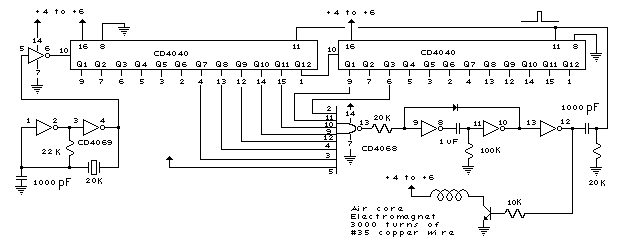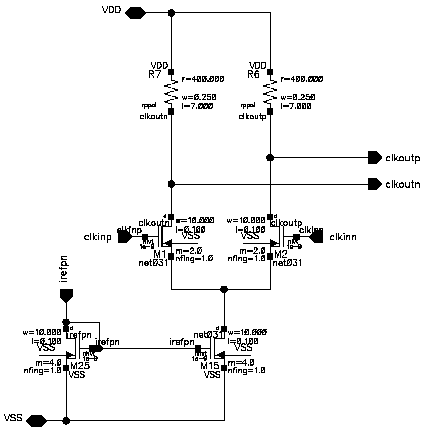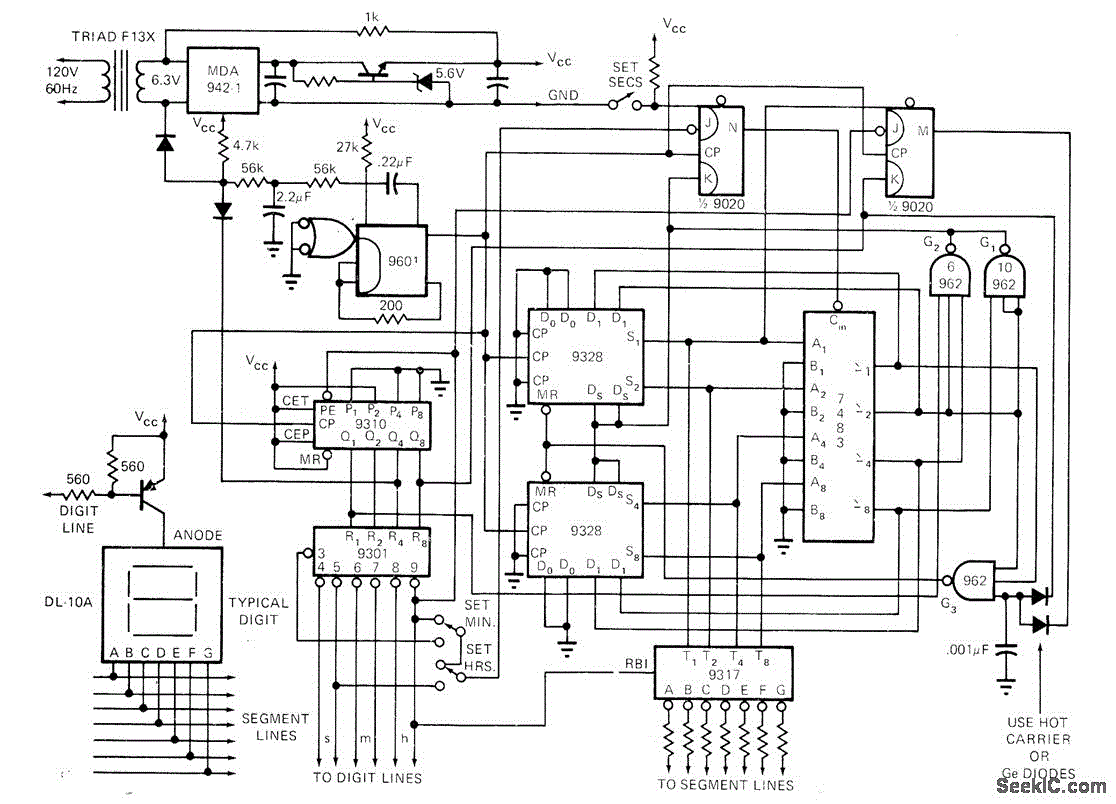
propeller clock amazing illusion

A motor spins the propeller, while a small microprocessor tracks time and alters the pattern on seven LEDs with precise timing to create the illusion of a 7 by 30 array of LEDs. This concept, initially developed by Bob Blick, has been replicated and enhanced by many others over time. Propeller clocks are intricate devices that utilize a PIC microcomputer operating at 10 MHz. The PIC serves as the central processing unit, managing the timing and illumination of the LEDs to create the appearance of floating numbers and, in analog mode, hands suspended in mid-air. In this particular version of the clock, the mode and time settings can be adjusted while the propeller spins at approximately 1150 RPM. This functionality is facilitated by precisely aligned photo detectors and LEDs located at the rear of the spinning motor, ensuring that the aesthetic of the clock remains unaffected.
The propeller clock operates on the principle of persistence of vision, where the rapid movement of the propeller combined with the synchronized illumination of the LEDs creates a visual effect that tricks the human eye into perceiving static images. The motor is typically a brushless DC motor, selected for its efficiency and ability to maintain a constant speed, which is crucial for the accurate timing necessary for the illusion to work effectively.
The PIC microcontroller is programmed with a specific algorithm that determines the timing of each LED based on the rotational speed of the propeller. The microcontroller receives input from the photo detectors, which detect the position of the propeller blades and provide feedback to ensure that the LEDs light up at the correct moment. The use of photo detectors minimizes the impact on the visual appearance of the clock, as they are discreetly placed and do not interfere with the spinning propeller's aesthetics.
The clock features multiple modes, including a digital display mode that shows numerical time and an analog mode that simulates clock hands. Users can switch between these modes through a user interface that may consist of buttons or touch sensors, designed to be accessible even while the clock is in motion. This innovative design not only enhances user experience but also showcases the advanced engineering involved in creating a visually captivating timepiece.
Overall, the propeller clock exemplifies a blend of mechanical and electronic engineering, demonstrating how precise timing, sensor integration, and visual effects can create an engaging and functional device.A motor spins the "propeller", and a small microprocessor keeps track of time and changes the pattern on seven LEDs with exact timing to simulate a 7 by 30 array of LEDs. It is an illusion, but it works nicely. Propeller clocks were to my knowledge first started by Bob Blick then many people started copying his idea and adding certain improvements
along the way. Propclocks are really pretty complex devices, utilizing a PIC microcomputer that performs instructions at 10mhz. The PIC is the brain of the device and does most of the work involved in making the LEDs light up at just the right time so that it appears there are numbers, and in the analog mode hands suspened in mid air.
On my version of the clock you change the mode and time setting while it is still spinning at about 1150 PRM. This is done through carefully alligned photo detectors and LEDs. These sensors are located on the rear of the spinning motor so they dont affect the look of the clock at all.
🔗 External reference
The propeller clock operates on the principle of persistence of vision, where the rapid movement of the propeller combined with the synchronized illumination of the LEDs creates a visual effect that tricks the human eye into perceiving static images. The motor is typically a brushless DC motor, selected for its efficiency and ability to maintain a constant speed, which is crucial for the accurate timing necessary for the illusion to work effectively.
The PIC microcontroller is programmed with a specific algorithm that determines the timing of each LED based on the rotational speed of the propeller. The microcontroller receives input from the photo detectors, which detect the position of the propeller blades and provide feedback to ensure that the LEDs light up at the correct moment. The use of photo detectors minimizes the impact on the visual appearance of the clock, as they are discreetly placed and do not interfere with the spinning propeller's aesthetics.
The clock features multiple modes, including a digital display mode that shows numerical time and an analog mode that simulates clock hands. Users can switch between these modes through a user interface that may consist of buttons or touch sensors, designed to be accessible even while the clock is in motion. This innovative design not only enhances user experience but also showcases the advanced engineering involved in creating a visually captivating timepiece.
Overall, the propeller clock exemplifies a blend of mechanical and electronic engineering, demonstrating how precise timing, sensor integration, and visual effects can create an engaging and functional device.A motor spins the "propeller", and a small microprocessor keeps track of time and changes the pattern on seven LEDs with exact timing to simulate a 7 by 30 array of LEDs. It is an illusion, but it works nicely. Propeller clocks were to my knowledge first started by Bob Blick then many people started copying his idea and adding certain improvements
along the way. Propclocks are really pretty complex devices, utilizing a PIC microcomputer that performs instructions at 10mhz. The PIC is the brain of the device and does most of the work involved in making the LEDs light up at just the right time so that it appears there are numbers, and in the analog mode hands suspened in mid air.
On my version of the clock you change the mode and time setting while it is still spinning at about 1150 PRM. This is done through carefully alligned photo detectors and LEDs. These sensors are located on the rear of the spinning motor so they dont affect the look of the clock at all.
🔗 External reference
